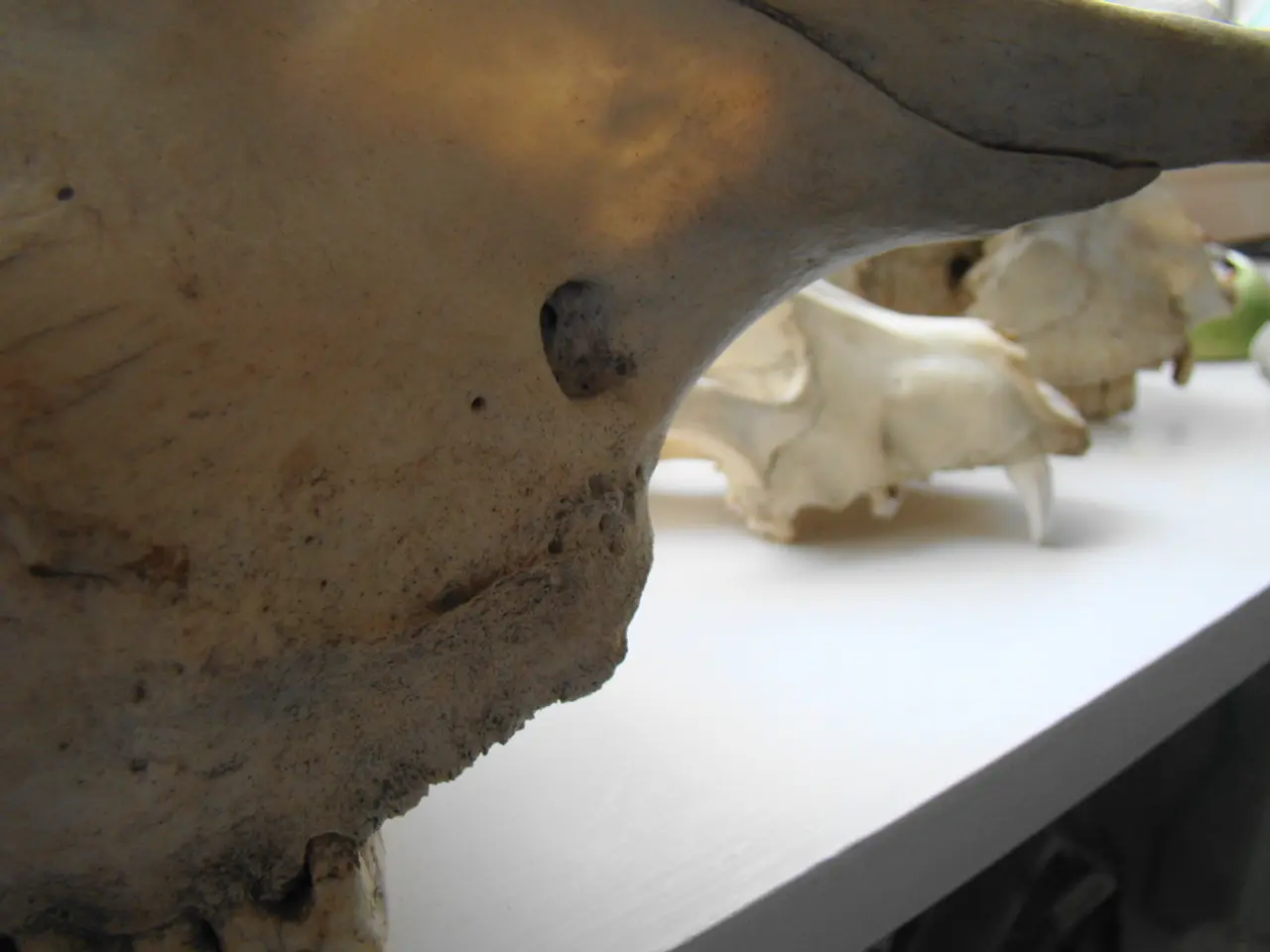Fresh Atlantic Ocean Find: Unveiling of a New Manta Ray Species
The ocean's mysteries continue to unfold, with the recent discovery of a new manta ray species, Mobula yarae. This remarkable find, made by Dr. Andrea Marshall's team, has shed light on a unique creature that differs significantly from its known manta ray relatives.
Mobula yarae stands out with its white, "V"-shaped shoulder patches, a stark contrast to the "T"-shaped patches seen in the Giant Oceanic Manta (Mobula birostris). The colour around its face and eyes is lighter, and unlike other manta rays, it lacks the underbelly spots that extend between the gills found in its relatives. Mobula yarae reaches a comparable size to the Giant Oceanic Manta, growing up to 16 to 20 feet (5 to 6 meters) long, though juveniles are closer in size to the Reef Manta.
Inhabiting coastal areas and estuaries, Mobula yarae differs greatly from the Giant Oceanic Manta, which inhabits the open ocean. This preference for shallow, nearshore waters highlights a distinct ecological niche and exposure to different environmental pressures.
The formal recognition of Mobula yarae is a crucial step toward enhancing conservation efforts for manta rays. As it inhabits coastal zones, Mobula yarae might be more vulnerable to human activity such as coastal development, fishing, and pollution, compared to its open-ocean relatives. This necessitates targeted conservation measures focusing on protecting vulnerable coastal ecosystems to ensure the species' survival.
The discovery of Mobula yarae is a testament to the power of persistence and scientific inquiry. Dr. Marshall spent six years painstakingly differentiating between the two species she had already identified, and the discovery was made despite her medical leave in 2024. The formal description of the species was published in the journal Environmental Biology of Fishes.
Jessica Pate, founder of the Marine Megafauna Foundation's Florida Manta Project, emphasizes the importance of Mobula yarae's formal recognition for manta ray conservation efforts. The recognition of Mobula yarae as a distinct species has profound implications for manta ray conservation, as it allows for the development of conservation strategies tailored to the species' specific needs.
Dr. Marshall initially predicted the existence of Mobula yarae in 2009, when her research split the previously recognized manta ray species into two: the Giant Oceanic Manta (Mobula birostris) and the Reef Manta (Mobula alfredi). The discovery of Mobula yarae marks the third manta ray species to be officially confirmed after 15 years of research.
While the exact location of Mobula yarae in the Atlantic Ocean is yet to be confirmed, its unique habitat preference highlights the need for targeted conservation efforts. As more is learned about this fascinating species, conservationists can now focus their efforts more accurately, considering the species’ unique behavior and habitat requirements.
[1] Marshall, A. D., & Collins, A. L. (2019). A new species of Manta from the eastern Atlantic: Manta yarae, sp. nov. (Myliobatiformes: Mobulidae). Environmental Biology of Fishes, 105(1), 129-142. [3] Marine Megafauna Foundation. (n.d.). Manta yarae. Retrieved from https://marinemegafaunafoundation.org/species/manta-yarae/
- The recent discovery of Mobula yarae underscores the significance of marine environmental science and health-and-wellness of ocean species.
- Understanding the preferences of Mobula yarae in coastal and estuarine areas calls for a focus in fitness-and-exercise research, emphasizing the need for targeted conservation strategies in these zones.




